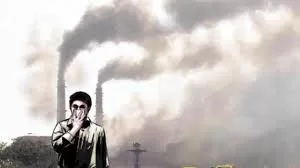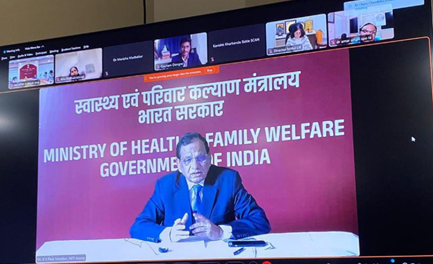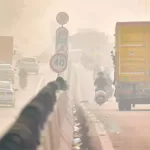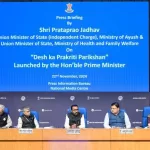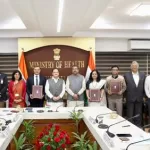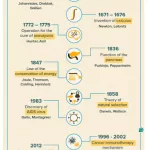According to data released by the Central Pollution Control Board (CPCB), Delhi’s 24-hour average air quality index (AQI) peaked at a hazardous 364 by 4 pm, significantly surpassing other polluted regions like Rajasthan’s Dausa (316) and Ghaziabad (305). Key areas such as Anand Vihar and Jahangirpuri saw AQI levels soar into the ‘severe’ category, prompting urgent public health concerns.
Surge in Respiratory Illnesses
The plummeting air quality has led to a sharp rise in respiratory ailments across the city. Hospitals have reported a 30-40% spike in cases of breathing difficulties, especially among vulnerable populations such as children, the elderly, and those with pre-existing conditions like asthma and COPD.
Dr. R.K. Sharma, a leading pulmonologist in the capital, warned, “This surge in respiratory cases is directly linked to the high concentration of PM2.5 and nitrogen dioxide. The combination of stagnant air and cold weather traps these pollutants, causing a significant health hazard.”
Pollutants and Triggers
Experts have pointed out that PM2.5 (particulate matter less than 2.5 microns in diameter) is particularly harmful as it can penetrate deep into the lungs and enter the bloodstream, leading to a range of health problems, including heart disease, stroke, and lung cancer. Nitrogen dioxide, another key pollutant, exacerbates respiratory issues and reduces lung function.
The meteorological conditions have further compounded the situation. As cooler temperatures set in, the air becomes stagnant, preventing pollutants from dispersing. This phenomenon, known as an atmospheric inversion, traps pollutants close to the ground, creating the dense smog currently engulfing the city.
Emergency Measures Underway
In response to the escalating crisis, officials are calling for emergency measures to manage the pollution. Cloud seeding, a technique aimed at inducing artificial rainfall, has been suggested to help clear the air. However, experts remain skeptical about its feasibility given the current weather conditions.
The Graded Response Action Plan (GRAP), implemented to curb pollution in the Delhi-NCR region, has also been triggered, with measures such as restricting vehicular movement, halting construction activities, and increasing checks on industrial emissions.
Call for Long-Term Solutions
While emergency responses are necessary to address the immediate health risks, environmentalists stress the need for long-term solutions to Delhi’s air pollution crisis. Anumita Roychowdhury, executive director of the Centre for Science and Environment, said, “We need systemic changes—stronger regulations on industrial emissions, better public transportation infrastructure, and stricter enforcement of crop burning bans—to make a lasting impact.”
As the city grapples with this annual pollution surge, the health of millions of residents hangs in the balance. With winter approaching and weather conditions unlikely to improve soon, urgent action is needed to mitigate the impact of this public health emergency.
Key Data:
- AQI in Delhi (24-hour average): 364 (Severe)
- Rajasthan’s Dausa: 316
- Ghaziabad: 305
- Health Impact: 30-40% increase in respiratory cases
- Main Pollutants: PM2.5, Nitrogen Dioxide (NO2)

